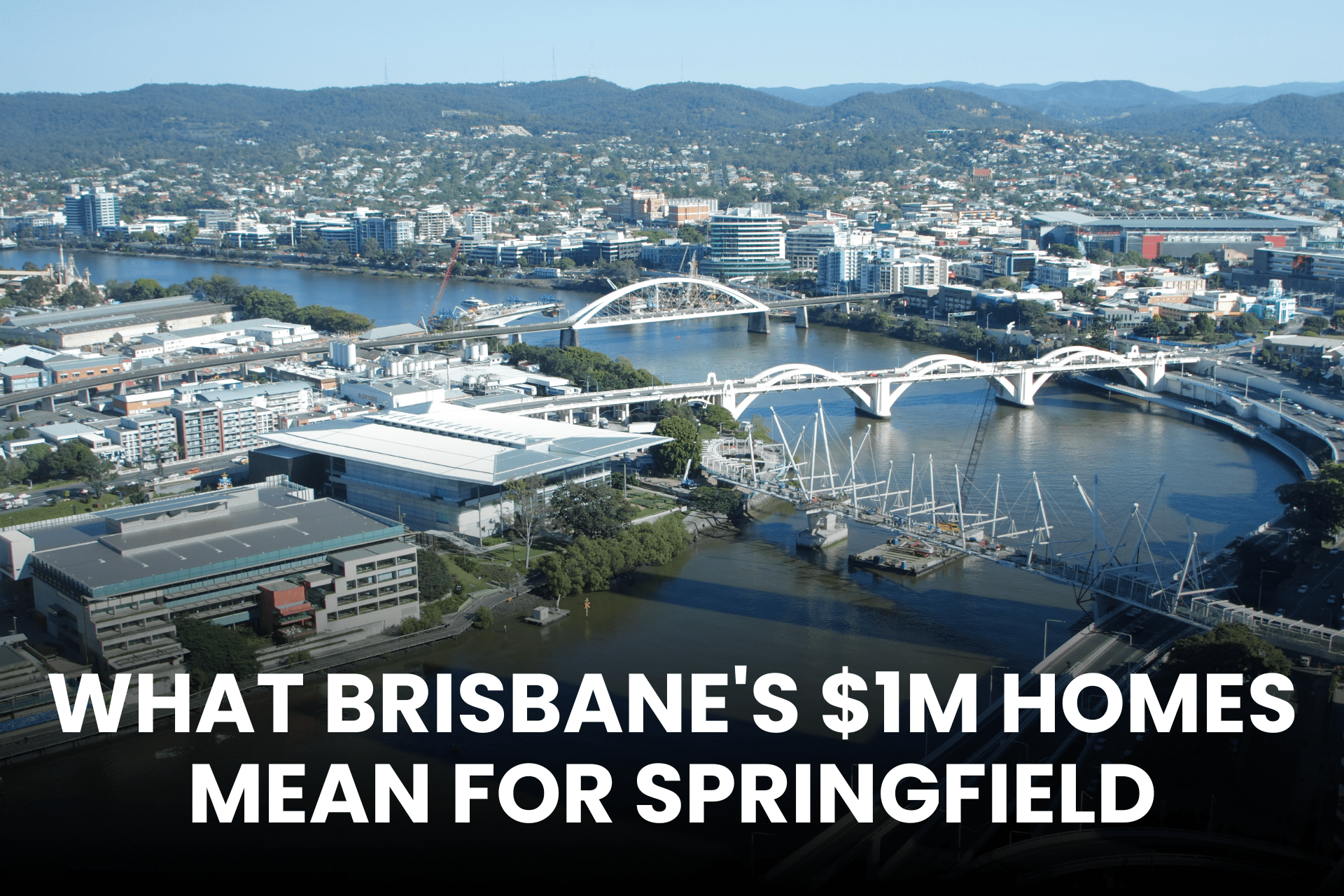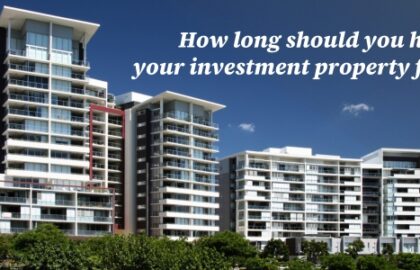
Brisbane’s housing market has reached a historic milestone, with the median house price exceeding $1 million for the first time in May 2024. By June, prices climbed further to $1,011,000, cementing Brisbane’s position as Australia’s second-most expensive capital city, trailing Sydney but surpassing Melbourne and Canberra.
For professionals and investors in Greater Springfield, this shift presents key opportunities and challenges. Let’s examine the factors behind Brisbane’s growth and what it means for Greater Springfield’s property market.
Key Drivers of Brisbane’s Property Boom
1. Strong Population Growth Fueling Demand
Brisbane’s appeal—warmer climate, lower density, and relative affordability—has attracted a surge of interstate migrants. From 2020 to 2024:
- Greater Brisbane’s population grew by 9.2% (235,000 new residents).
- Queensland’s interstate migration hit record highs, with more Australians leaving southern states for the Sunshine State.
This rapid growth has intensified housing demand, with an estimated need for 94,000 additional dwellings—yet only 88,000 new homes were completed in Brisbane during this period. The supply shortage has been a major factor in rising prices.
2. Economic Strength Supporting Market Growth
Queensland’s economy has outperformed other states, with:
- Strong job creation (particularly in healthcare, construction, and professional services).
- Increased infrastructure spending (including major road and rail projects).
This economic momentum has reinforced housing demand, particularly in growth areas like Greater Springfield.
3. Affordability Pressures Beginning to Emerge
While Brisbane was once considered a more affordable alternative to Sydney, its rapid price growth has reduced this advantage:
- Brisbane vs. Sydney: The median price gap is $549,000 (down from $567,000 in late 2023).
- Brisbane vs. Melbourne: Brisbane is now $63,000 more expensive than Melbourne.
Growth is slowing, with quarterly price increases dropping from 10.2% in late 2021 to 1.9% in mid-2024, suggesting affordability constraints are impacting demand.
What Does This Mean for Greater Springfield?
As Brisbane’s housing market becomes increasingly expensive, Greater Springfield—a well-planned growth corridor—stands to benefit in several ways:
1. Rising Demand for Affordable Alternatives
With Brisbane’s median price now above $1 million, buyers are looking for more affordable yet well-connected suburbs. Springfield offers:
- Strong transport links (rail upgrades, M2 motorway access).
- Employment hubs (Springfield Central’s business parks, education, and health precincts).
- Lower entry prices compared to inner Brisbane suburbs.
2. Investment and Development Opportunities
Springfield’s planned growth makes it attractive for:
- Build-to-rent projects (given strong rental demand).
- First-home buyers (benefiting from government incentives).
- Mixed-use developments (supporting a growing workforce).
3. Long-Term Growth Potential
Historically, master-planned communities like Springfield experience steady capital growth as infrastructure improves. With Brisbane’s housing shortage expected to persist, outer-ring suburbs could see sustained demand.
Future Outlook: What to Watch
- Affordability pressures may slow Brisbane’s growth, but Springfield remains a cost-effective alternative.
- Interest rate movements and policy changes (e.g., land tax reforms) could influence buyer behaviour.
- Infrastructure projects (such as the Springfield rail line expansion) will enhance connectivity and livability.
Brisbane’s $1 million median marks a new era for the city’s property market. For Greater Springfield, this presents an opportunity to capitalise on affordability, strategic development, and long-term growth potential in one of Queensland’s most dynamic regions.
Would you like a deeper analysis of Springfield’s local market trends? Share your thoughts in the comments!
Sources:
- CoreLogic Home Value Index (June 2024)
- Australian Bureau of Statistics (ABS) Population Data
- Queensland Government Infrastructure Reports







